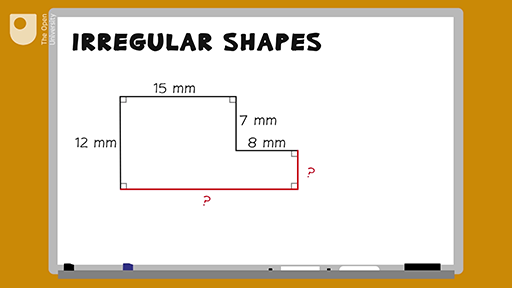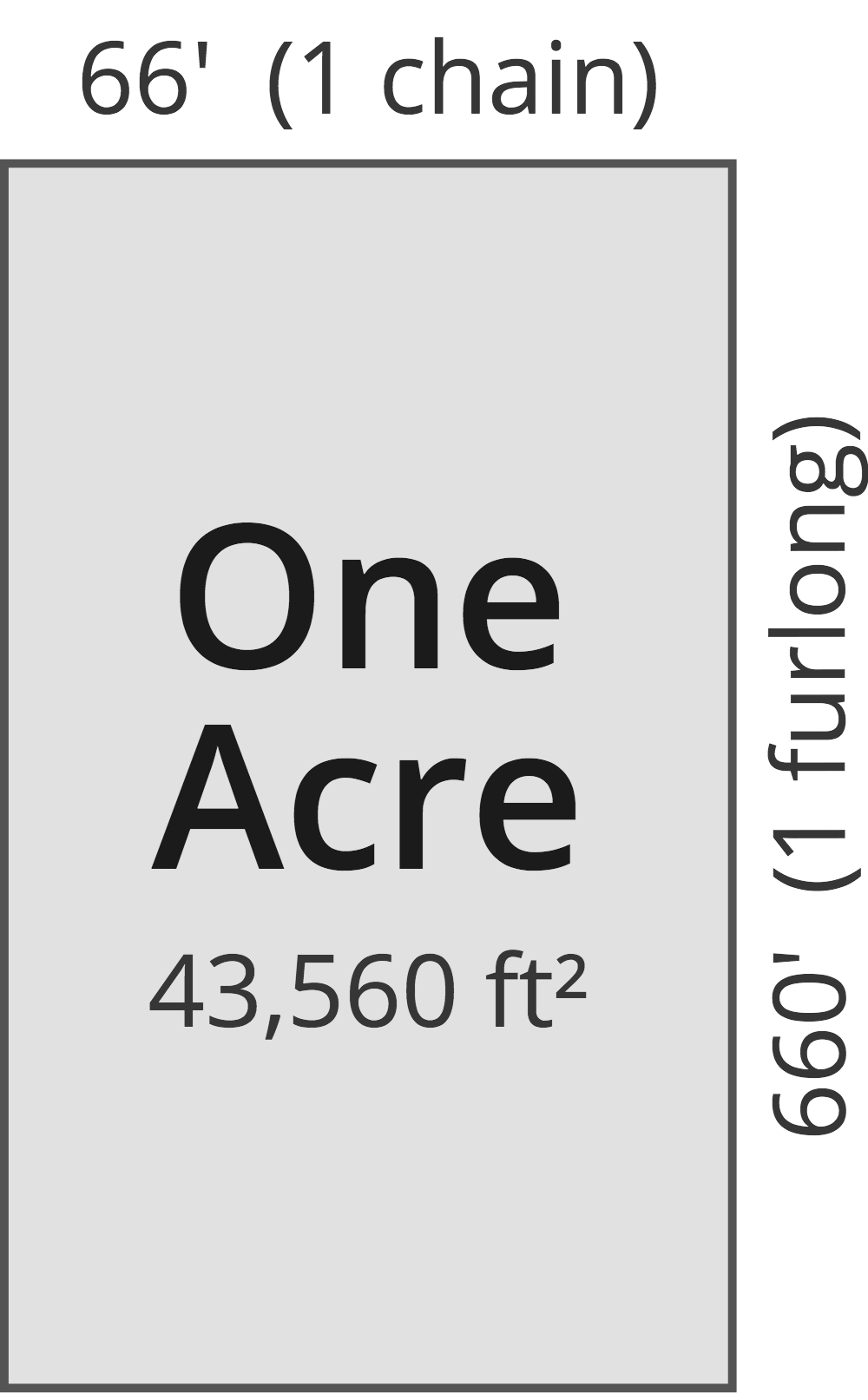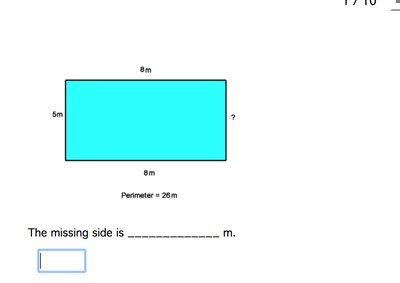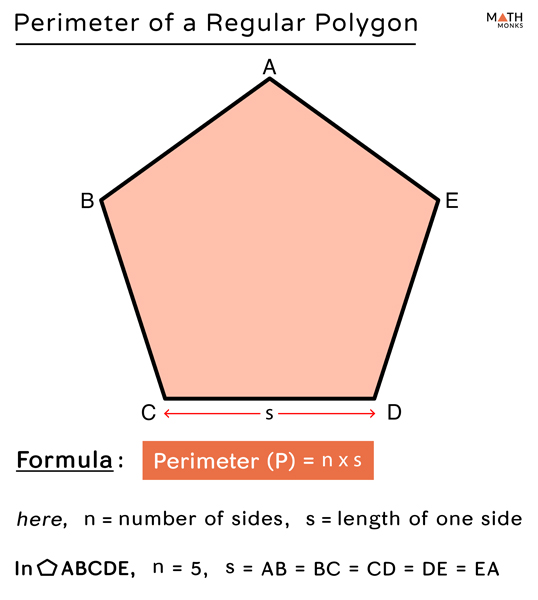Topic how do you find perimeter of a semicircle: Understanding how to find the perimeter of a semicircle is essential for various mathematical and practical applications. This guide will walk you through the formula, its derivation, and step-by-step examples to help you master this concept effortlessly.
Table of Content
- Finding the Perimeter of a Semicircle
- Introduction
- Definition of a Semicircle
- Formula for Perimeter
- Examples of Perimeter Calculation
- Common Misconceptions
- Practical Applications
- Frequently Asked Questions
- YOUTUBE: Hướng dẫn chi tiết cách tính chu vi của một nửa vòng tròn và ứng dụng trong thực tế. Xem ngay để nắm vững kiến thức!
Finding the Perimeter of a Semicircle
A semicircle is a geometric shape that represents half of a circle. To find the perimeter of a semicircle, you need to consider both the curved part and the straight diameter.
Formula for the Perimeter
The formula for the perimeter of a semicircle is derived from the perimeter of a full circle and adding the diameter. The perimeter (P) of a semicircle can be expressed as:
\[ P = \pi r + 2r \]
Where:
- \(\pi\) (pi) is approximately 3.14 or \(\frac{22}{7}\)
- \(r\) is the radius of the semicircle
Steps to Calculate the Perimeter
- Find the radius (r) of the semicircle. If you have the diameter (d), the radius is half of it: \( r = \frac{d}{2} \).
- Calculate the curved part of the semicircle, which is half the circumference of the full circle: \( \pi r \).
- Add the diameter to the curved part: \( \pi r + 2r \).
Example Calculation
Consider a semicircle with a diameter of 10 cm:
- First, find the radius: \( r = \frac{10}{2} = 5 \) cm
- Calculate the curved part: \( \pi r = 3.14 \times 5 = 15.7 \) cm
- Add the diameter: \( 15.7 + 10 = 25.7 \) cm
Therefore, the perimeter of the semicircle is 25.7 cm.
Visual Representation
Here's a simple diagram to illustrate:

|
Important Facts
- The perimeter of a semicircle is not half the perimeter of a full circle. You must include the diameter in the calculation.
- The area of a semicircle is half the area of a full circle, but this concept does not apply to the perimeter.
Understanding these principles is essential for solving problems related to semicircles in geometry.

READ MORE:
Introduction
Finding the perimeter of a semicircle involves understanding both the curved and straight parts of its boundary. A semicircle is formed by cutting a circle in half along its diameter. Therefore, its perimeter includes the curved arc and the diameter itself. The formula to calculate the perimeter of a semicircle is derived from the circumference of the full circle, added to the diameter. Below, we will explore the step-by-step process to find the perimeter of a semicircle.
- Calculate the circumference of the full circle using the formula \( 2 \pi r \), where \( r \) is the radius.
- Divide this value by 2 to find the length of the curved arc of the semicircle, which is \( \pi r \).
- Find the length of the diameter, which is \( 2r \).
- Add the length of the curved arc and the diameter to get the total perimeter: \( \pi r + 2r \).
By following these steps, you can easily find the perimeter of any semicircle, whether given the radius or diameter.
Definition of a Semicircle
In geometry, a semicircle is defined as half of a circle, formed by cutting the circle along its diameter. This diameter is a straight line that passes through the center of the circle, dividing it into two equal parts. Each half is called a semicircle, comprising a curved edge (the arc) and a straight edge (the diameter).
The diameter of a semicircle is the longest straight line that can be drawn within the circle, touching the circle at two points on its edge. The radius is the line segment from the center of the circle to any point on the circle's edge. The radius is always half the length of the diameter.
The arc of the semicircle represents half of the circle's circumference. If the full circle has an arc of 360 degrees, the arc of a semicircle measures 180 degrees. This makes the semicircle a unique shape with one curved edge and one straight edge.
- The semicircle is always a closed 2D shape.
- It cannot be considered a polygon due to its curved edge.
- The area of a semicircle is half the area of the full circle.
- It is a fundamental shape in geometry, often used in various practical applications.
Formula for Perimeter
The perimeter of a semicircle is calculated by combining the length of the curved edge and the diameter. This involves the formula for the circumference of a full circle, which is 2πr, where r is the radius of the circle. The perimeter of a semicircle includes half of this circumference plus the diameter.
The formula to find the perimeter (P) of a semicircle is:
\[ P = \pi r + 2r \]
Here, \( r \) is the radius, and \( \pi \) (Pi) is approximately 3.14159.
- Step 1: Calculate the radius (if you have the diameter, divide it by 2).
- Step 2: Use the formula \( P = \pi r + 2r \).
For example, if the radius of the semicircle is 7 units, the calculation would be:
\[ P = \pi \times 7 + 2 \times 7 \]
\[ P = 3.14159 \times 7 + 14 \]
\[ P \approx 21.991 + 14 \]
\[ P \approx 35.991 \text{ units} \]
This means the perimeter of a semicircle with a radius of 7 units is approximately 35.991 units.
Examples of Perimeter Calculation
Calculating the perimeter of a semicircle involves using the formula \( P = r(\pi + 2) \). Here are some examples that illustrate the process step-by-step:
-
Example 1:
- Given: Diameter = 10 units
- Step 1: Calculate the radius: \( r = \frac{d}{2} = \frac{10}{2} = 5 \) units
- Step 2: Apply the formula: \( P = r(\pi + 2) \)
- Step 3: Calculate the perimeter: \( P = 5(\pi + 2) = 5(3.14 + 2) = 5 \times 5.14 = 25.7 \) units
-
Example 2:
- Given: Radius = 8 units
- Step 1: Apply the formula: \( P = r(\pi + 2) \)
- Step 2: Calculate the perimeter: \( P = 8(\pi + 2) = 8(3.14 + 2) = 8 \times 5.14 = 41.12 \) units
-
Example 3:
- Given: Perimeter = 27 units
- Step 1: Set up the equation: \( 27 = r(\pi + 2) \)
- Step 2: Solve for radius: \( r = \frac{27}{\pi + 2} = \frac{27}{3.14 + 2} = \frac{27}{5.14} \approx 5.25 \) units

Common Misconceptions
When it comes to finding the perimeter of a semicircle, there are a few common misconceptions that can lead to confusion. Let's address some of these:
- Perimeter equals half the circumference: One common misconception is that the perimeter of a semicircle is half the circumference of the full circle. While it's true that a semicircle is half of a circle, the perimeter calculation is a bit more nuanced.
- Perimeter includes only the curved part: Another misconception is that the perimeter of a semicircle only includes the curved part of the shape. In reality, the perimeter also includes the straight diameter or radius that forms the semicircle.
- Using the wrong formula: Some may mistakenly use the formula for the circumference of a full circle when finding the perimeter of a semicircle. It's important to use the correct formula, which takes into account both the curved and straight segments.
- Ignoring units: Sometimes, individuals forget to include units in their perimeter calculations. Whether it's inches, centimeters, or another unit of measurement, it's crucial to include the appropriate units in your final answer.
- Assuming all semicircles are the same: Not all semicircles have the same dimensions, so assuming a one-size-fits-all approach to finding their perimeter can lead to errors. Always double-check the measurements and apply the appropriate formulas.
By addressing these common misconceptions, you can approach finding the perimeter of a semicircle with clarity and accuracy.
Practical Applications
The knowledge of finding the perimeter of a semicircle can be applied in various real-world scenarios. Let's explore some practical applications:
- Construction: Architects and engineers often encounter semicircular shapes in construction projects. Understanding how to calculate the perimeter of a semicircle is essential for designing structures like arches, doorways, and windows.
- Landscaping: Landscape designers may use semicircular pathways or garden beds in their designs. Knowing the perimeter of these features helps in estimating materials such as pavers or fencing needed for installation.
- Manufacturing: In manufacturing processes, semicircular components are common in various industries. Calculating the perimeter accurately ensures precise measurements for fabrication and assembly.
- Mathematics Education: Teaching the concept of perimeter using semicircles provides students with practical applications of geometric principles. It helps them understand the relevance of mathematical concepts in everyday life.
- Art and Design: Artists and designers may incorporate semicircular elements into their creations for aesthetic appeal. Knowing how to find the perimeter allows them to maintain proportional symmetry and balance in their designs.
By applying the knowledge of semicircle perimeter calculations in these practical contexts, individuals can enhance their problem-solving skills and make informed decisions in various fields.
Frequently Asked Questions
When it comes to finding the perimeter of a semicircle, certain questions frequently arise. Here are some answers to common queries:
- What is the formula for finding the perimeter of a semicircle?
The formula to calculate the perimeter of a semicircle involves adding the curved portion (semicircle circumference) to the diameter of the semicircle. It can be expressed as:
\( P = \pi r + 2r \), where \( P \) is the perimeter, \( r \) is the radius, and \( \pi \) is the mathematical constant pi (approximately 3.14159).
- Why do we add the diameter to the semicircle's circumference?
Adding the diameter accounts for the straight portion of the semicircle, which is essential for calculating the total distance around the shape. The diameter essentially completes the semicircle and contributes to its perimeter.
- Can we use the same formula for a full circle?
No, the formula for the perimeter of a full circle is different. For a full circle, the perimeter is simply the circumference, given by \( P = 2 \pi r \), where \( r \) is the radius. Including the diameter in the formula is specific to semicircles.
- Are there any shortcuts or alternative methods for finding the perimeter?
While the formula mentioned above is the standard method, there are no significant shortcuts for finding the perimeter of a semicircle. However, utilizing known values for the radius or diameter can simplify calculations.
- What units should be used for the measurements?
The units used for the radius or diameter should match the units used for the final perimeter measurement. It's essential to maintain consistency to ensure accuracy in the calculations.
By addressing these frequently asked questions, individuals can gain a clearer understanding of the concept and application of finding the perimeter of a semicircle.
Hướng dẫn chi tiết cách tính chu vi của một nửa vòng tròn và ứng dụng trong thực tế. Xem ngay để nắm vững kiến thức!
Làm thế nào để tính chu vi của một nửa vòng tròn
READ MORE:
Xem video này để học cách tính chu vi của một nửa vòng tròn một cách dễ dàng và hiệu quả. Đảm bảo bạn sẽ nắm vững kiến thức!
Chu vi của một nửa vòng tròn - Corbettmaths













